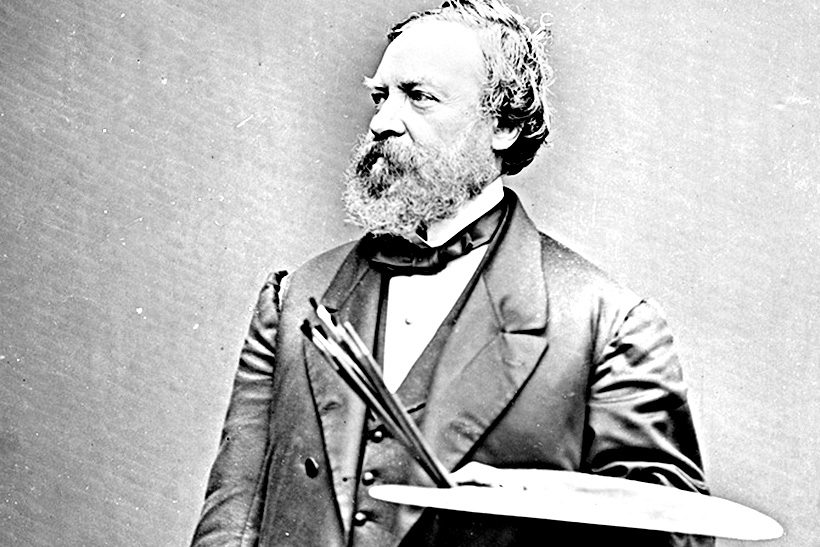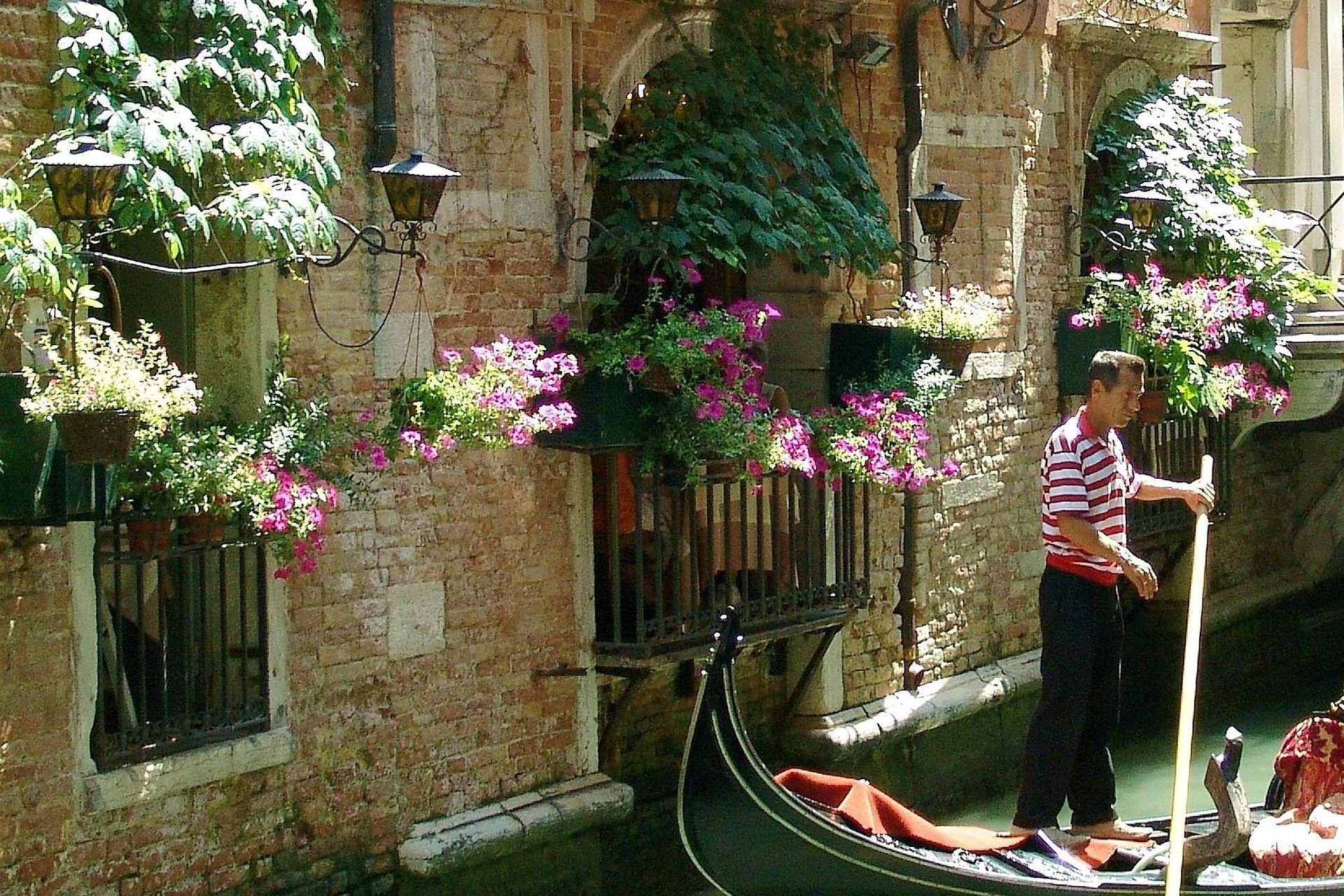“When I refer to discovering Bologna, I admit to an ongoing seduction by her unique past and modern charm, not the least of which are the Bolognesi themselves.”
Mary Tolaro Noyes’s love affair with the city of Bologna began in 1994. That year, Mary, who lives in San Francisco, decided she’d learn Italian in order to be able to communicate with her Sicilian relatives, who didn’t speak English. Avoiding more touristy destinations like Florence and Rome so she’d be forced to speak Italian, Mary arrived in Bologna, where she not only learned the language, but also she “discovered the treasures of a remarkable city.”
Intrigued by the history of this charming medieval town, she began to carry out research. Through the years, her fascination with Bologna has led to the publication of two books and several articles, collaborations with the local tourism office, and countless trips to the city she now regards as her second home.
Mary, please describe for us your first ‘encounter’ with the city of Bologna.
I arrived in Bologna on a March day in 1994 and my first impressions were that it was a dark and old city and not what I had expected. Perhaps because I had only been to Rome, Venice, Florence, and Sicily in the
summertime, my expectations were Sicilian sun and Tuscany washed in shades of yellow. I had read about the porticoes and the medieval centro storico, but red bricks, shadows and darkness under the porticoes surprised me. I describe my first days in Bologna in “Bologna Reflections” in the chapter entitled: So That’s Where I Was.
Speaking of which, what brought you to the decision to write your first book about Bologna, “Bologna Reflections”?
I did not intend to write a book about Bologna. I had planned to write about Sicily after finding my paternal family there in 1989. I came to Bologna in 1994 to study Italian and, in the meantime, kept a journal. When early on, one of the first Internet services in the city requested me to write about Bologna in English from the American point of view, I began my historical research in earnest and have never finished. About ten years ago, I decided to organize the pieces into a collection: “Bologna Reflections – An Uncommon Guide” is the result.
What aspects of the city intrigued you the most during your research of Bologna’s past?
In a few words, I would say the city’s history and cultural offerings and its medieval nature intrigued me. I had studied English literature, history and society at the university and found myself most interested in the Middle Ages and Renaissance periods. Bologna’s architecture and colors and history gave form to my abstract concepts. Over the years, I have come to realize that I never really chose Bologna—the city and the people chose me. I love discovering/gathering bits and pieces of history and creating “something” with them. I often say that Bologna seduced me and that actually describes what happened.
You have said that what keeps you coming back is the Bolognesi even more than Bologna itself. What do you find special about them?
The Bolognesi have always welcomed me and shared their city, their families and traditions, and their homes with me. They have also connected me with historians/scholars who have generously shared their research and demonstrated to me how one comes to know and appreciate an ancient city that is also very modern and open. I expect their entrepreneurial spirit and independent nature over the ages might add to my interest.
You’re at work on a third book, about Bolognese women. Can you give us a little scoop on it? What are you discovering, who are some of the most interesting women you’re learning about?
My research is progressing slowly and I am finding an interesting and abundant amount of information. I have not yet settled on what I will finally do with my research on Bolognese women, but I am looking forward to focusing on it and bringing it to fruition. In the meantime, here are four examples of women from Bologna’s past that inspire me: Properzia de’ Rossi, a sculptress in Bologna in the Age of Carlo V, the artist Ginevra Cantofoli, Bitisia Gozzadini, a professor of Law in the 13th century, physicist Laura Bassi Veratti. Not to mention artist Santa Caterina Vigri and musician and composer Lucrezia Vizzana. I have so much work to do…
You’re based in San Francisco. What’s the Italian cultural scene like there? Any institutions/events you’d like to recommend for Italophiles living in San Francisco?
I believe that the Italian cultural scene is in flux here in San Francisco. Many young, well-educated Italians are arriving and contributing to all aspects of life here, perhaps because of the opportunities they find. The Istituto Italiano di Cultura is a gathering point for activities and an Italian film festival in the autumn offers the possibility to see new films. Otherwise, the offerings are bleak. The restaurants have never inspired me, but lately new locales are opening with young Italian chefs and authentic offerings that offer a promising future. The best place to eat Italian for me is either in Italy or at an Italian friend’s house here in SF (or at my house)! The best Italian “scene” here is knowing and hanging out with Italians!
Mary is the author of: “Bologna Reflections – An Uncommon Guide” and “Gathering Chestnuts – Encounters Along the Way”; she has also written and translated three pieces, in Italian and English, for various collections published in Emilia Romagna: “Bologna Enigmatica” for “Emilia Romagna Segreta”, “I segreti di Bologna: una città seducente” for “Racconti Bolognesi”, and “Bologna: the Cooking Show” for “Emilia Romagna Segreta in Cucina”.






























